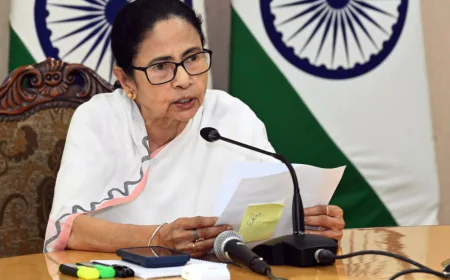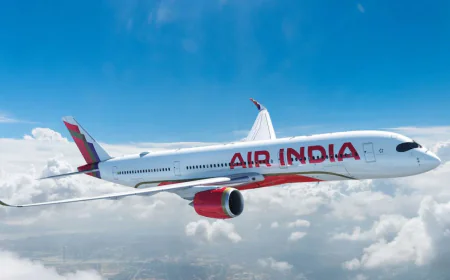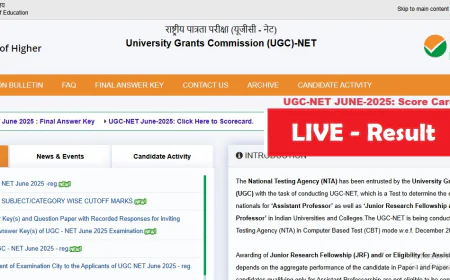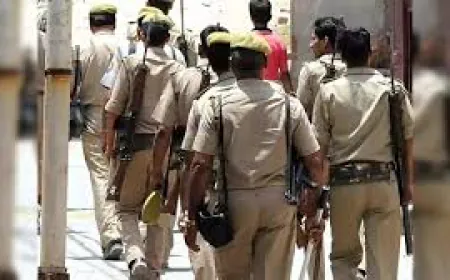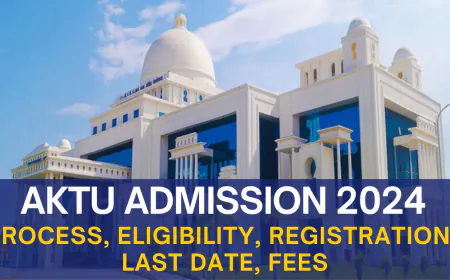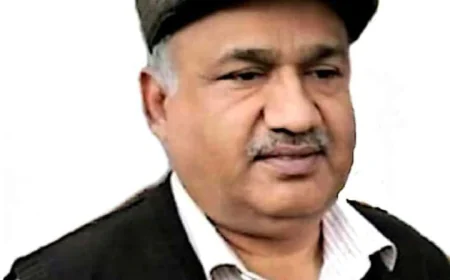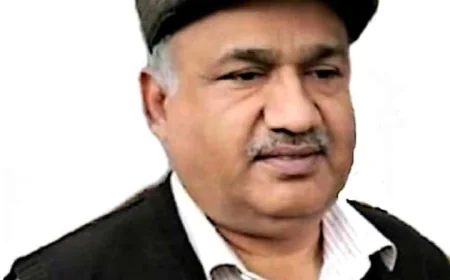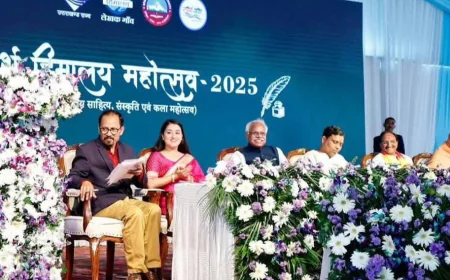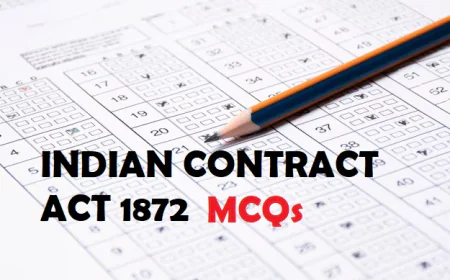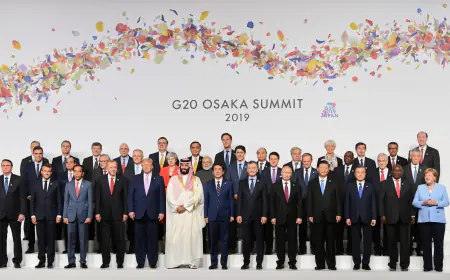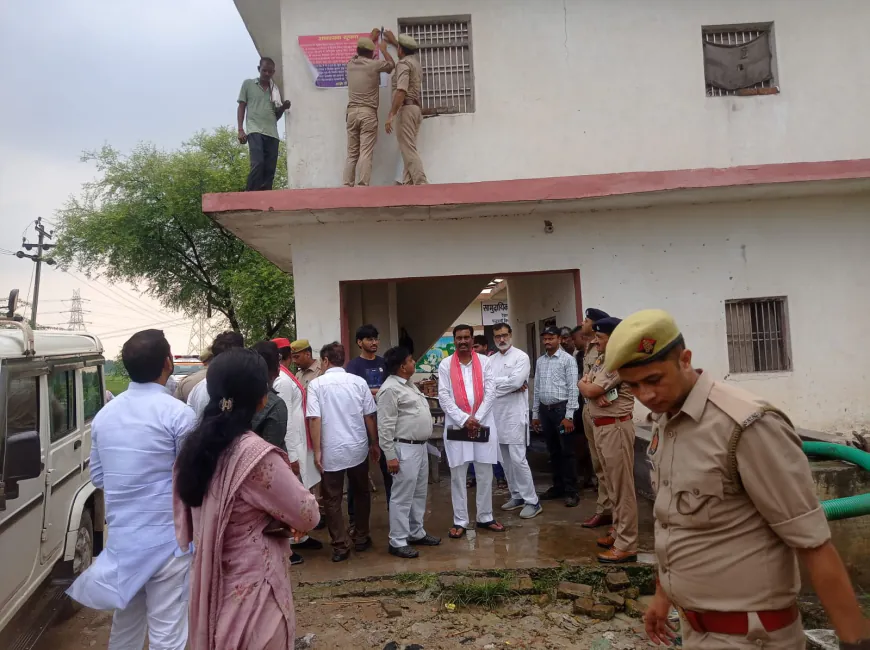India should solve the problem of illegal migration with sympathy and promptness.

India should solve the problem of illegal migration with sympathy and promptness.
India has agreed to accept undocumented Indians as long as their nationality is verified and has made diplomatic efforts to handle the immigration issue without compromising bilateral ties. External Affairs Minister S. Jaishankar briefed US Secretary of State Marco Rubio on India's position. India opposes illegal immigration as it is linked to human trafficking and organized crime. In 2024, Indian nationals received more than 1 million visas, including a historically high number of business and student visas. In the last fiscal year, Indian professionals received 72% of all H-1B visas. Despite the possibility of some changes, Trump has promised that the H-1B visa program will remain in place. To prevent political retaliation, India has requested secret deportation procedures. There are still concerns about possible limits on Indian migration initiatives.
■ Dr. Satyawan Saurabh
The deportation of dozens of Indians by the US for being illegal immigrants is neither surprising nor new. Immigration and Customs Enforcement has stepped up its operations, including deportations, to identify, detain, and deport people living in the United States illegally. Indians from Gujarat, Punjab, and Haryana are among those who try to enter the United States. Due to lack of jobs and economic hardship, people enter the US illegally through Canada and Mexico. The Indian government is keen to ensure that there are legal migration routes to the United States. What potential impact can US immigration policies have on Indian professionals and students? The US restrictions do not apply to Indian citizens. These authorized pathways include student and skilled worker H-1B visas.
Both the US and India are working to discourage unauthorized immigration, with the number of Indians deported in 2024 rising from 292 in 2021 to 1,529 in 2024. In the United States, there are about 725,000 undocumented Indians. Mostly from Gujarat and Punjab. As of November last year, 20,407 undocumented Indians were either detained in US detention facilities or faced final removal orders. Will the deportations also have an impact on the United States? Industries such as construction and hospitality that rely on immigrant labor may experience a shortage of workers. For example, Indian workers contribute substantially to the U.S. IT and services sectors. Mass deportations could put pressure on the U.S. The deportation of thousands of Indians could become a political issue, with opposition parties accusing the government of not providing enough job opportunities at home.
It could undoubtedly have an impact on India's political scene. Mass deportations could put pressure on Indo-US relations, especially if the deportees face severe treatment, prompting diplomatic action. The use of military aircraft and allegations of brutal treatment, such as being kept in chains, could stir up anti-US sentiment. There could be political unrest in states such as Gujarat, Punjab, and Haryana, where there are large numbers of deportees. Local governments could be under pressure to provide jobs and assist in reintegration. For those trying to migrate illegally, the Indian government could be forced to enact strict laws against human trafficking organizations and illegal immigration. Widespread repatriation of undocumented migrants may have implications for family financial support, remittances, and general public opinion about Indian migrants. The rise in arrests has led many undocumented Indian workers to stay away from public areas.
In low-wage industries, detentions at homes and places of employment have put pressure on the economy. Uncertainty still remains over the H-1B visa program, as sponsorship requirements may change. Many Indian students fear stricter rules about visa renewal. To protect the rights of legal migrants, India is carefully monitoring the situation. Diplomatic talks with US legislators aim to maintain employment-based immigration policies. The Trump administration has increased the number of people deported under its crackdown on undocumented migrants. 7,250,000 Indians are believed to be living illegally in the US, and 20,407 undocumented Indians have been targeted for deportation. India has agreed to send back undocumented immigrants provided their citizenship is confirmed.
Trump has forced countries that refuse to take in deported migrants to comply by imposing tariffs. Although policy changes are expected regarding the migration of skilled workers, there is no impact on H-1B visa holders. Implement India-specific economic reforms, increase employment in states with high rates of migration (Gujarat, Punjab, and Haryana), and tackle underlying issues such as unemployment and agricultural hardship that drive illegal migration. Launch campaigns to raise awareness about the dangers of illegal immigration, using bilateral agreements with the United States to increase safe and legal pathways for skilled migration. Negotiate favorable visa policies for Indian professionals and students, and collaborate with the U.S. on workforce mobility solutions to guarantee equitable treatment for deportees. Under President Donald Trump’s administration, the United States has stepped up its immigration crackdown, deporting undocumented Indian migrants using military aircraft.
The move affects thousands of Indian nationals, as there are an estimated 725,000 undocumented Indians in the U.S. However, India has committed to deporting illegal immigrants after confirming their citizenship in order to secure legitimate migration pathways for professionals and students. During his upcoming visit to the US, Prime Minister Narendra Modi will hold high-level talks on bilateral trade, immigration, and diplomatic cooperation.

